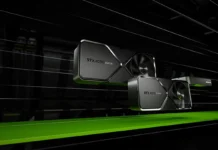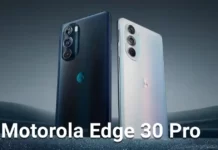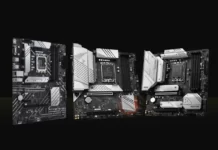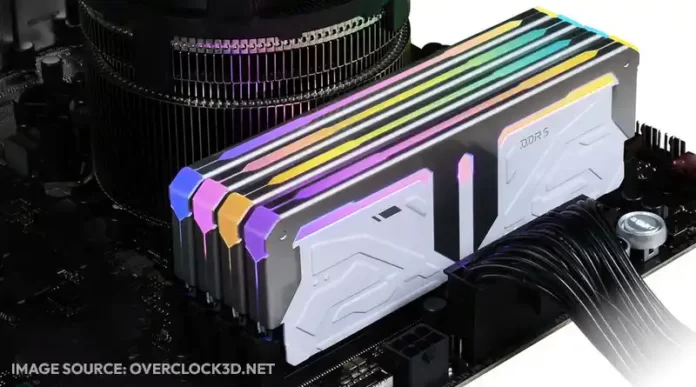Even though it’s still early days and there is just one benchmark, that is an outstanding improvement.
The release of Raptor Lake, the replacement for Alder Lake, isn’t scheduled until this fall, but that hasn’t stopped a torrent of comparisons from appearing. News that DDR5 might significantly improve Intel’s 13th Gen CPUs comes hot on the heels of an amazing Cinebench
R23 score and other gaming benchmarks (opens in new tab). It’s not a negligible increase either; one benchmark indicates a 20% improvement when switching from DDR4 to DDR5.
It’s still early, and we won’t be able to independently verify these claims until the chips are made available. Still, two Geekbench 5 scores for the Intel Core i7 13700K (via Sweclockers (opens in new tab)) seem to demonstrate a notable difference between operating with DDR4 and DDR5. Notably, DDR4 (opens in new tab) has a multi-core score of 16,542, whereas DDR5 has a score of 19,811. (Opens in new tab).
If you’re interested in the specifications of the memory used, DDR4 was effectively clocked at 3,600MHz, whereas DDR5 was clocked at 5,200MHz. Both of these clock speeds aren’t excessive, indicating that performance improvement is something that many of us can afford.
DDR5 is already supported by Intel’s current Alder Lake (opens in new tab) processors, but upon release, the new memory standard was in short supply and cost a lot more than DDR4. In addition, due to the lack of a noticeable speed boost when moving to DDR5, many DIY builders decided to ignore it.
Recent price reductions have brought DDR5 to much more affordable levels, with 16GB of Crucial-branded DDR5-4800 RAM (opens in new tab) going for as little as $94 over on Newegg. Even though DDR4 is still far less costly than DDR5—you’re looking at less than $50 for 16GB
of DDR4-3200(opens in new tab). But if the newer memory standard offers a genuine performance boost, then it might be necessary to consider an update.
Remember that DDR5 becomes much more alluring when Zen 4 launches at the end of the year because AMD’s next-generation CPUs won’t support the DDR4 that is currently in use. Even this could significantly reduce the costs of the new memory standard, hopefully. AMD is making huge promises that DDR5 is also expected to hit “speeds you maybe thought couldn’t be achievable “speeds you maybe thought couldn’t be possible.”
By the end of the year, DDR5 appears to be completing a large portion of the upgrade path, independently of which CPU manufacturer you support. So, let’s hope it will be worthwhile.






























